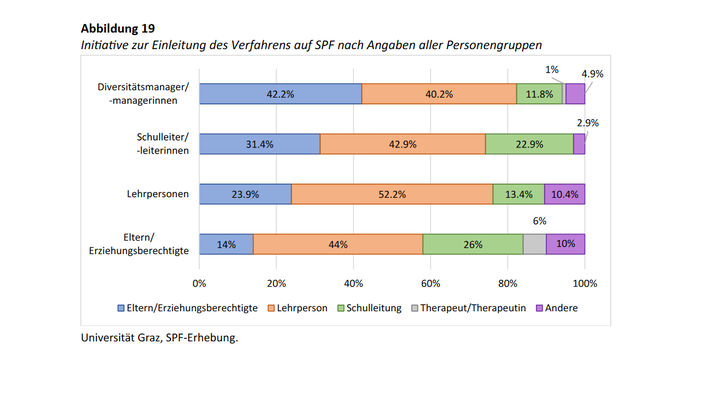
Abstract
This study aimed (a) to survey the current state of the allocation practices for special educational needs (SPF) in all Austrian federal states, (b) to describe the causes of disparities between federal states in the allocation of SPF, and (c) to conduct a process analysis of the various steps in the allocation of SPF, taking into account the perspectives of all stakeholders. To achieve this goal, four sub-studies were conducted: Study 1 uses a quantitative survey of pupils with SEN in the federal states based on data from the school administration to address the question of how they differ across states in terms of socio-demographic characteristics (including forms of disability), curriculum allocation and educational pathways. This part of the survey comprises newly collected data on N = 26,102 pupils with SEN at compulsory schools. With this survey, differentiated data on many pupils with SEN is now available for Austria for the first time. Only on this basis is it possible to identify the causes of differences in distribution. Study 2 presents the results of a survey in which teachers, parents, school principals, and diversity managers (N = 289) assessed the procedures and framework conditions of the SEN assessment process. Study 3 supplements these results with an analysis of the assessments and official decisions and examines individual aspects in greater depth through a comprehensive content analysis of a random sample of initial notifications and assessments from all nine federal states (N = 454; 13,705 pages in total), which is used to identify both quantitative and qualitative differences and similarities in the quality characteristics of SEN allocation practices. Study 4 comprises a series of expert interviews (N = 31) with employees of the presidential department, diversity managers, educational advisors/school psychologists, teachers/head teachers, parents/guardians, and school quality managers, the analysis of which is intended to provide a multi-perspective picture of the entire process.